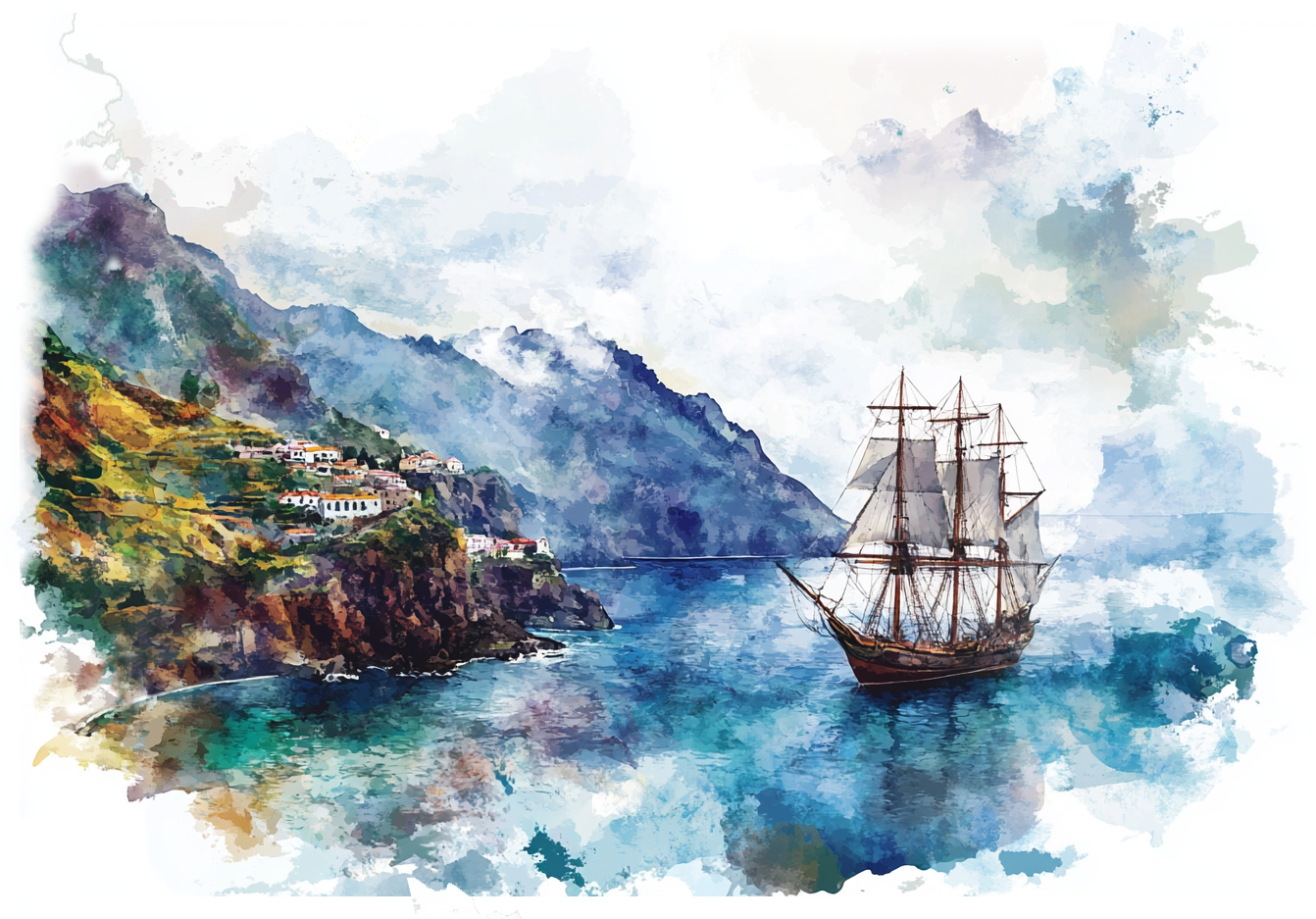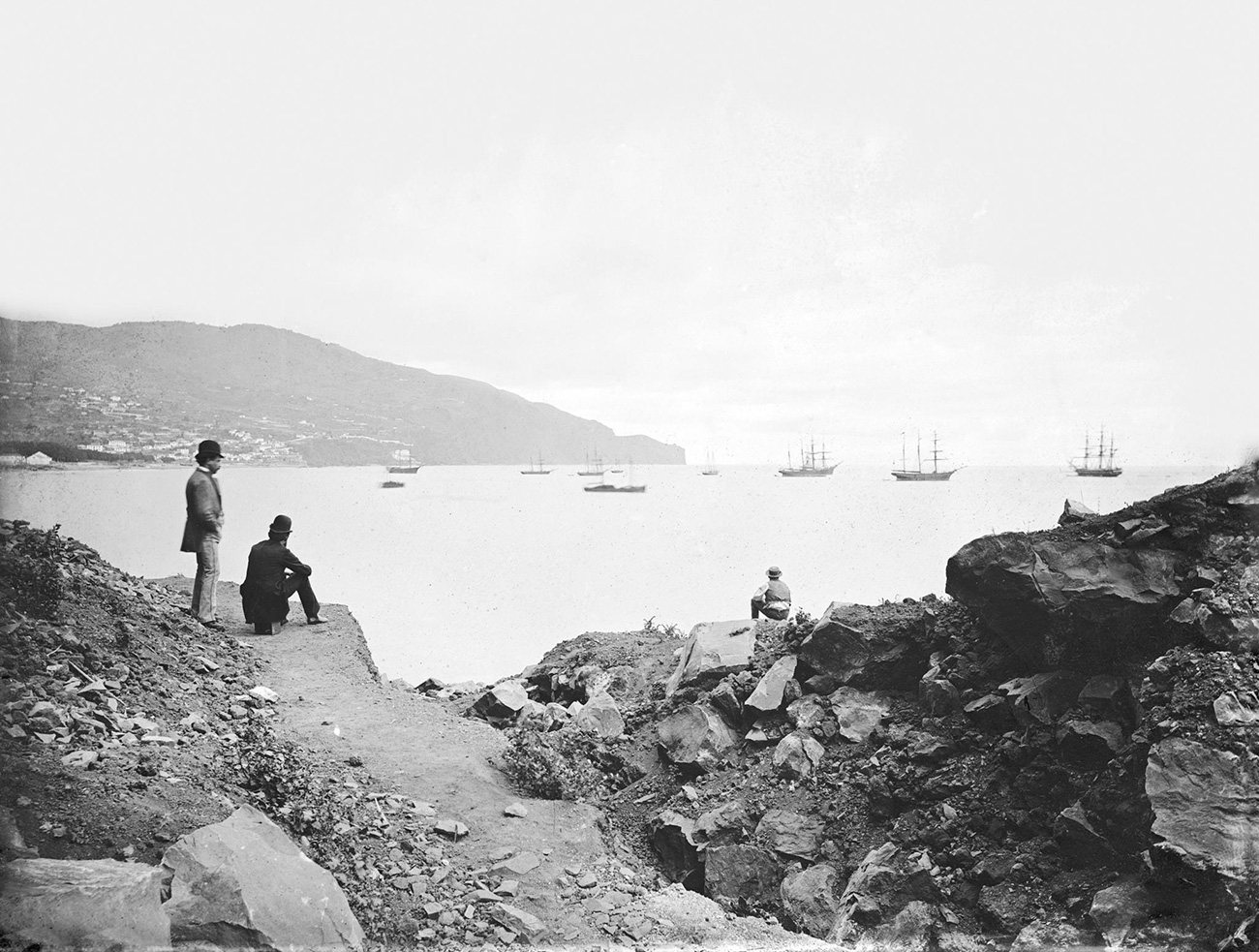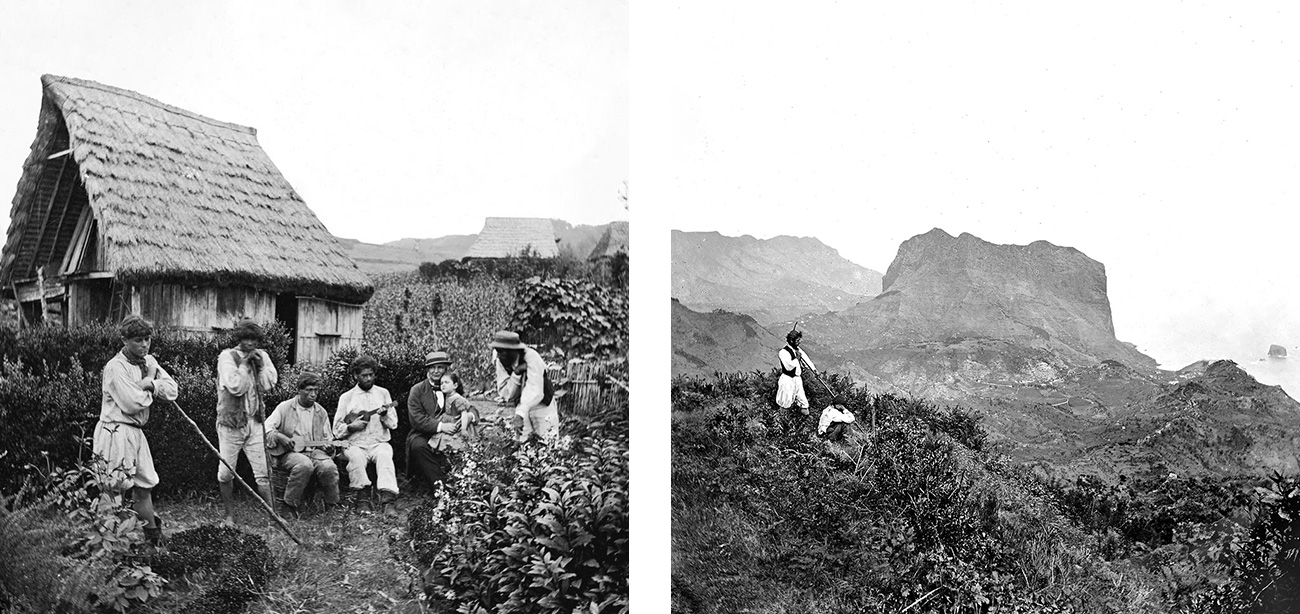
Madeira: A tale of discovery and resilience
The story of Madeira is as captivating as its landscapes, shaped by volcanic activity five million years ago. Uninhabited until the 15th century, its modern history began in 1418, when Portuguese navigators João Gonçalves Zarco and Tristão Vaz Teixeira, escaping a storm, found refuge on a small island they named Porto Santo. A year later, they reached a lush, larger island covered in dense forests, which they fittingly called Madeira.

With the support of Prince Henry the Navigator, colonization took root. Early settlers cultivated sugarcane, which quickly became a lucrative industry. By the 17th century, Madeira wine had eclipsed sugar as the island’s key export, strengthening its economic ties with England and marking the island as a vital hub of Atlantic trade.
During the 18th and 19th centuries, Madeira became a haven for Europe’s elite. Its mild climate and stunning scenery drew visitors seeking health benefits from its pure air and tranquil environment. Notable figures like Empress Sissi of Austria and British Prime Minister Winston Churchill found solace here. Churchill was particularly enamoured with the fishing village of Câmara de Lobos, where he spent days painting the idyllic scenes.

© Vicente Gomes da Silva (1827-1906), Founder of the Photographia Vicente studio and of his namesake son.
The 20th century ushered in significant social and political changes. Madeira became a place of political exile during Portugal's Estado Novo regime.
However, the 1974 Carnation Revolution brought transformation, granting Madeira autonomy and spurring infrastructure development. The construction of roads, tunnels, and an international airport revolutionized travel and solidified tourism as a cornerstone of the local economy.
Today, Madeira balances its rich heritage with vibrant modern culture. Its festivals, natural beauty, and unique traditions continue to attract visitors from around the world. From its volcanic origins to its status as a top global destination, Madeira’s history is a testament to resilience and adaptation—a truly remarkable journey.

© Vicente Gomes da Silva




